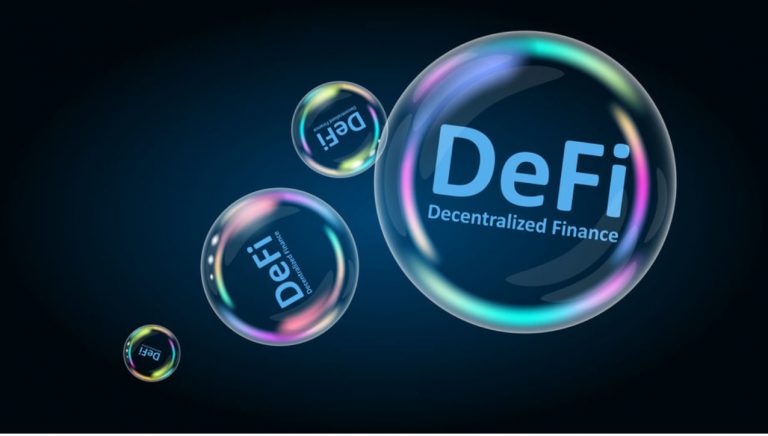
Decentralized Finance (DeFi) is on the cusp of a transformative shift, often described as a new era in the financial landscape. This evolution is driven by advancements in blockchain technology, innovative protocols, and a growing recognition of DeFi’s potential to reshape how we interact with money and financial services. The DeFi ecosystem continues to mature, moving beyond its early experimental phase into a more robust, efficient, and inclusive system.
At its core, DeFi leverages decentralized networks—primarily built on platforms like Ethereum—to offer financial services without traditional intermediaries such as banks or brokers. This includes lending, borrowing, trading, and earning yields, all facilitated by smart contracts that execute automatically based on predefined rules. The promise of this new era lies in its ability to democratize access, reduce costs, and enhance transparency, appealing to both individual users and, increasingly, institutional players.
Recent developments suggest that DeFi is shedding its reliance on vanity metrics like Total Value Locked (TVL) as the sole indicator of success. Instead, the focus is shifting toward productive liquidity—capital that’s actively utilized in lending, staking, or other value-generating activities—and alignment with user commitment. Protocols are innovating to make capital more efficient, ensuring that DeFi isn’t just a speculative playground but a functional alternative to centralized finance.
Register for Tekedia Mini-MBA edition 19 (Feb 9 – May 2, 2026): big discounts for early bird.
Tekedia AI in Business Masterclass opens registrations.
Join Tekedia Capital Syndicate and co-invest in great global startups.
Register for Tekedia AI Lab: From Technical Design to Deployment (next edition begins Jan 24 2026).
Another hallmark of this new era is the integration of real-world assets (RWAs) and traditional finance elements into DeFi frameworks. Tokenized assets, such as stocks or real estate, are beginning to flow into decentralized platforms, potentially unlocking billions in liquidity. This convergence could bridge the gap between traditional markets and DeFi, making it a more mainstream option. Imagine a world where your stock portfolio earns yield on a DeFi lending platform while you borrow stablecoins for everyday use—this vision is inching closer to reality.
The process starts with an asset being digitized. For example, a $1 million property could be tokenized into 1 million tokens, each worth $1. Ownership is recorded on a blockchain, ensuring transparency and immutability. Smart contracts govern the tokens’ behavior—defining rights, transferability, or revenue distribution (like rental income in the case of real estate).
Once tokenized, these assets can flow into DeFi ecosystems, where they might be staked for yield, used to secure loans, or traded on decentralized exchanges (DEXs). Blockchains like Ethereum, Polygon, or Binance Smart Chain are commonly used due to their robust smart contract capabilities. Stablecoins often play a role too, pegging token values to fiat currencies to reduce volatility, making tokenized assets more practical for everyday use.
The rise of Layer 2 solutions, like rollups, is addressing scalability challenges, reducing transaction costs, and speeding up processes, which broadens DeFi’s appeal. Meanwhile, emerging sectors like “DeFAI” (Decentralized Finance with AI) are gaining traction, blending artificial intelligence with DeFi to create smarter, more adaptive financial tools. These innovations signal a future where DeFi is not only more accessible but also more intelligent and responsive to user needs.
However, this new era isn’t without hurdles. Security remains a concern, with smart contract vulnerabilities and hacks still posing risks. Regulatory uncertainty looms large as governments grapple with how to oversee a system designed to operate beyond centralized control. Despite these challenges, the momentum is clear: DeFi is evolving into a competitive, sustainable ecosystem that could redefine finance for the long term. This new era for DeFi is about practicality, inclusivity, and integration. It’s a shift from hype to utility, where the technology matures to meet real-world demands, potentially heralding a renaissance in how we manage and grow wealth.


